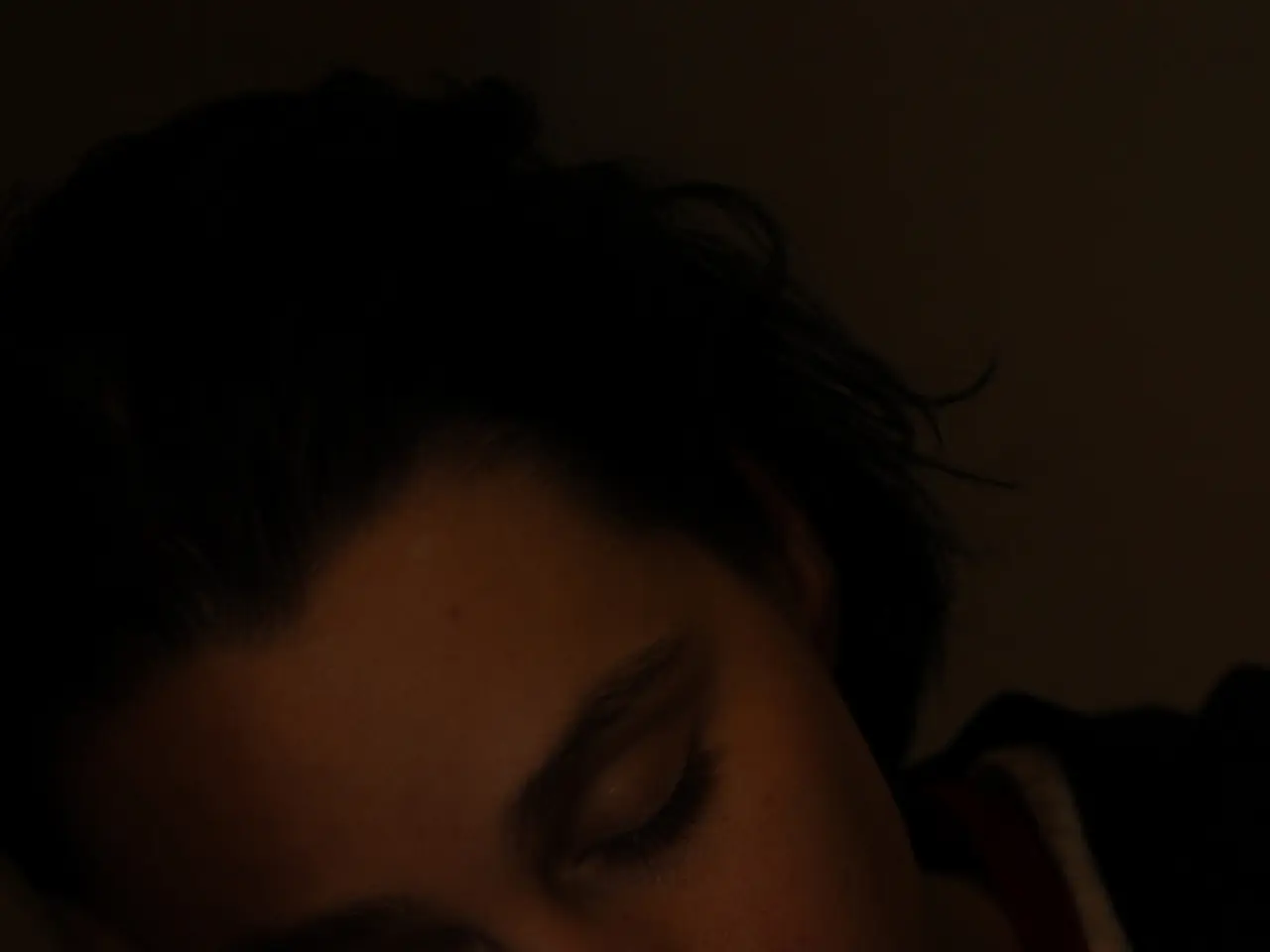Single-Phase Sleeping Routine Comprehensive Overview
Are you curious about why you sleep for one long period instead of taking multiple short naps throughout the day? In this guide, we'll dive into the reasons behind the common monophasic sleep pattern and why it's so prevalent in modern life.
Ready to uncover the benefits of monophasic sleep, how it helps restore your body, and why it saves energy? Let's get started!
The Appeal of Monophasic Sleep
Monophasic sleep, a pattern of sleeping once during a 24-hour cycle, is the most common sleep pattern for many people today. Given the many sleep patterns that exist, why has monophasic sleep become so widespread?
Industrialization and the advent of electric light have played significant roles in shaping the monophasic sleep pattern. As people moved to cities, worked longer hours in factories, and had less time for sleep, monophasic sleep became a practical option. By staying awake during daylight hours and sleeping in one continuous stretch, people could make the most of the few hours available to them.
The structure of the modern workday has also contributed to the dominance of monophasic sleep. People have set schedules and deadlines to meet, and sleeping during the day may interfere with these responsibilities. When society expects and values productivity, it's no wonder that monophasic sleep has become the accepted norm for many.
The Perks of One Long Sleep
Monophasic sleep has several benefits for your mind and body. It allows your body to engage in important restorative processes, such as protein synthesis and tissue repair. Plus, monophasic sleep can improve brain plasticity and organization, leading to better cognitive function.
Throughout history, humans have experienced different sleep patterns. In the past, people might have slept in two separate periods, with a time of wakefulness in between. But as industrialization, electric light, and longer work hours changed the way people lived, monophasic sleep became the norm.
There are other sleep patterns, like biphasic and polyphasic sleep, that involve multiple short naps throughout the day. By comparing monophasic sleep with these other patterns, you can determine which one works best for you and helps you feel well-rested, refreshed, and ready for the day ahead.
Trying different sleep patterns is essential to finding the one that suits you best. Keep track of your energy levels and overall well-being to identify the right sleep cycle for optimal performance. You can even use apps like ShutEye® to help you track your sleep and discover what works for you.
The Right Amount of Shut-Eye
To find the perfect amount of sleep, pay attention to your body's cues and listen to what it needs. Most people require seven to eight hours of sleep per night, but everyone is different. Some may need just a few hours, while others may need nine or ten. Age, physical activity level, and overall health can also impact how much sleep you need.
Ultimately, it's important to find a sleep pattern that helps you feel well-rested and ready to take on the day with your best performance. Don't be afraid to experiment and try different approaches until you find the one that works best for you.
In conclusion, understanding the monophasic sleep pattern and its dominance in modern life is essential knowledge. It's a sleep pattern that offers numerous benefits, such as restorative processes, improved brain plasticity, and energy conservation. While other sleep patterns, like biphasic or polyphasic sleep, exist, monophasic sleep remains the most popular.
Find the right amount of sleep for optimal performance by listening to your body, trying different sleep patterns, and tracking your energy levels. It's all about discovering what feels best for you and helps you perform your best each day!
Fueled by industrialization and the advent of electric light, the widespread monophasic sleep pattern remains attractive due to its energy-saving benefits, making the most out of limited hours during the workday. However, other sleep patterns like biphasic or polyphasic sleep involving multiple short naps throughout the day are alternatives to explore, and you may discover that one of these patterns is more beneficial for your mental and physical health-and-wellness.








